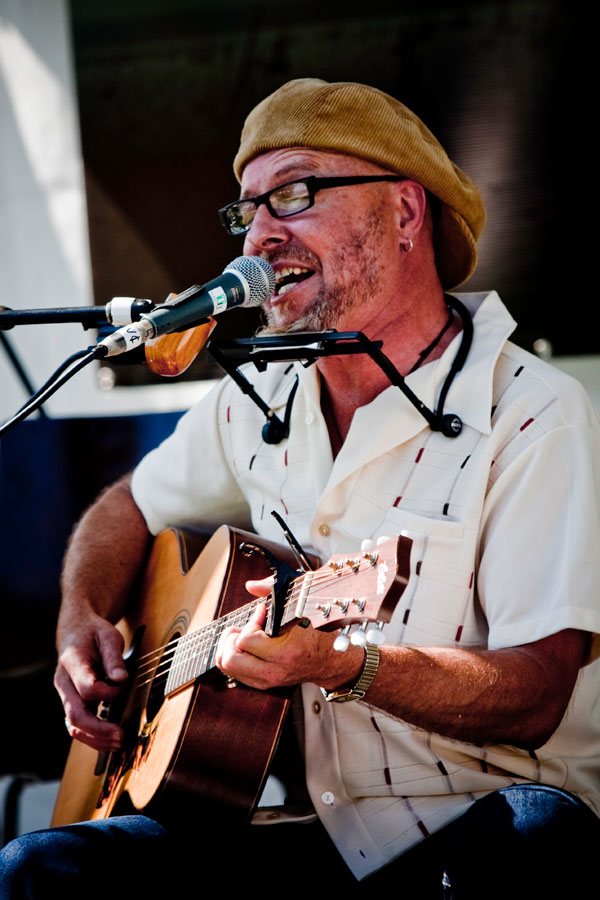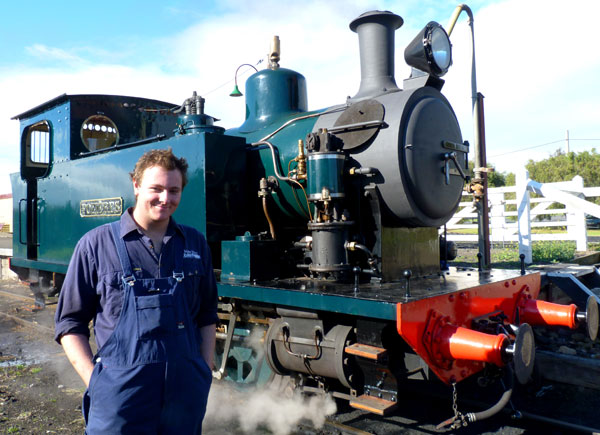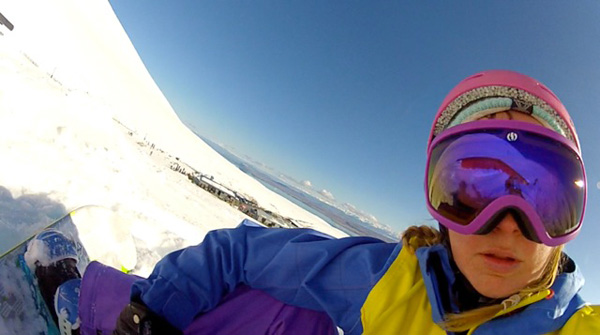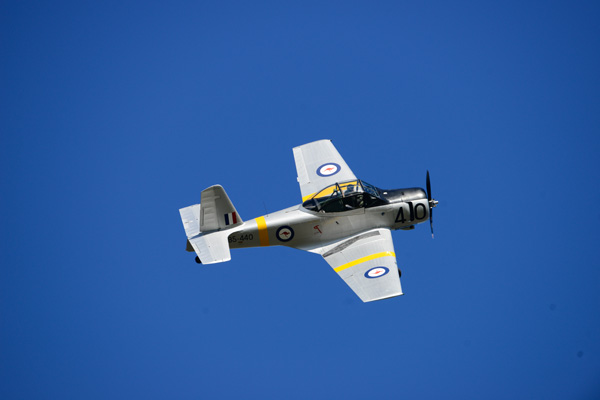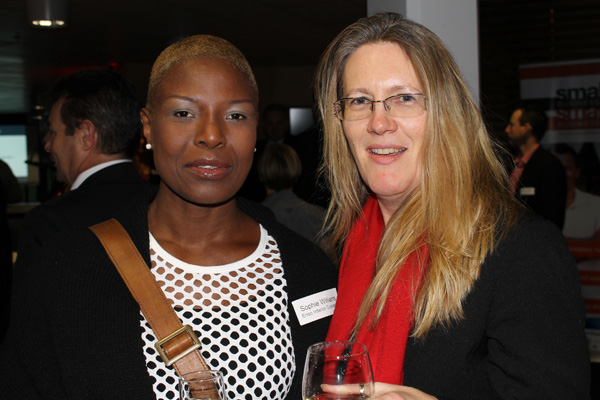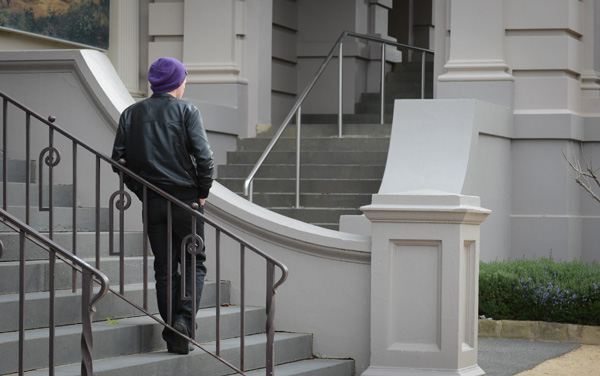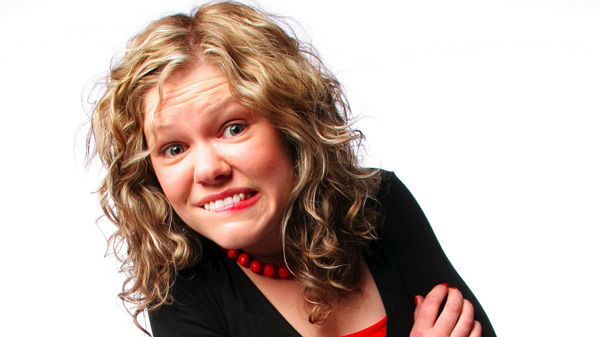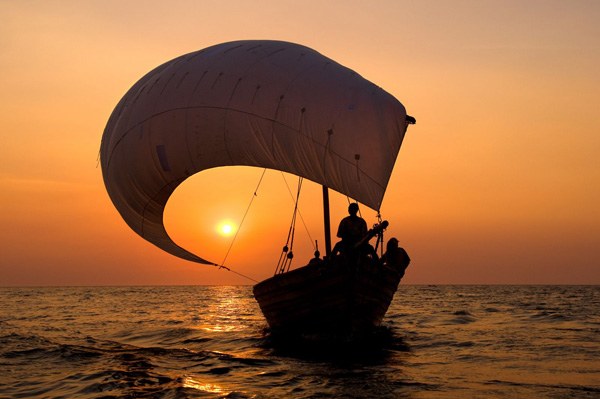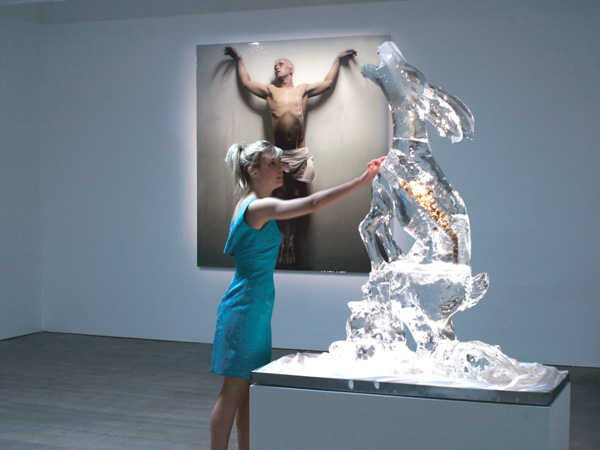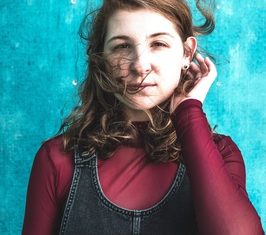LOCAL SOUNDS
Words: John Van Klaveren
WAYNE Jury has come home in more ways than one.
The nationally respected blues and roots musician is as surprised as anyone to be back living and working in Geelong after 30 years in Sydney.
But connecting into the local music scene has been a revelation for Jury and rubbing shoulders with young local talent has given him a new lease on musical life.
It’s also part of his journey from rock, with occasional dalliances in soul, jazz and, of all genres, opera to what he regards as music’s core in the blues.
Which is entirely appropriate since Jury has had more than his share of the blues personally.
But as great songwriters do, the 54-year-old Geelong West muso turned his pent up emotions into song to release last year’s Doors and Bridges album, recorded with local luminary Dave Steel.
A brother lost to cancer, an ageing father and a broken relationship conspired to send Jury back to his own local roots.
“I only intended to stay in Geelong 12 months,” he confessed.
“That was six years ago.”
Jury performed his debut gig in Geelong at 13, later supporting household names such as AC/DC, Ayres Rock, Little River Band, Buffalo, Cold Chisel, Dragon, Hush and Ted Mulry Gang.
Along the way he learned the dark side of the industry when he was “ripped off” by managers and working hard for little or no money.
Aged 18 he was down to just a guitar and $8 in Sydney.
But with talent and determination he forged a reputation as one of the foremost blues exponents in the country, playing thousands of gigs and opening for greats such as Robert Cray, Albert Collins, Canned Heat and Buddy Guy.
In 1993 Jury teamed with guitarist/producer John Brewster, of The Angels, to write and record a solo album.
He toured nationally for seven years with guitar prodigy Nathan Cavaleri and was house songwriter at J Albert and Son for three years.
Jury’s returning to Geelong gave him an opportunity of formal music study with Greg Waugh and Tim Neal, which he has used to formalise a growing desire to teach.
Read more in the latest edition of Geelong Coast Magazine.


